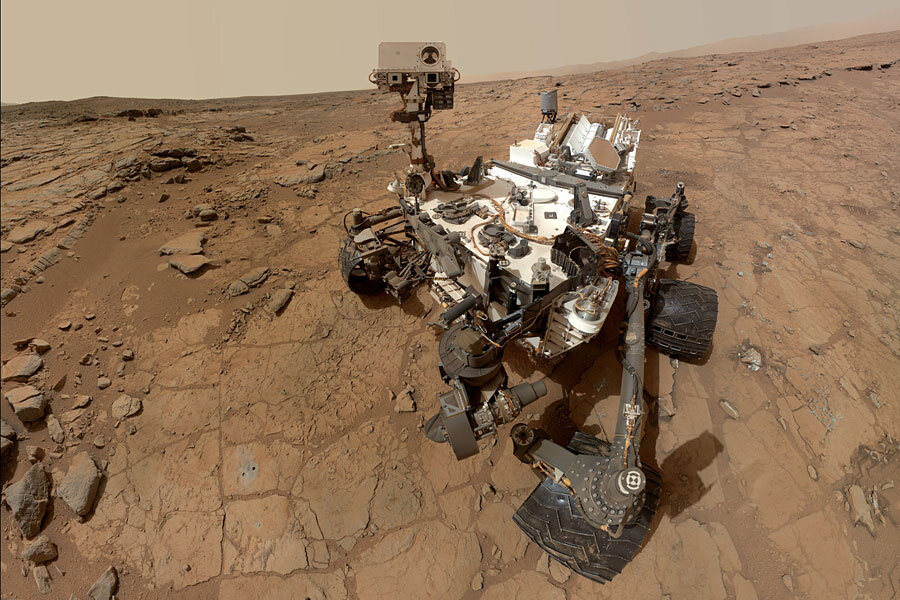NASA's Curiosity Mars rover to star in Discovery Channel documentary
Loading...
For those following all the habitability results from the Curiosity rover lately, here’s a special treat — the Discovery Channel will air a behind-the-scenes documentary on the mission tonight (Dec. 18) at 10 p.m. Eastern.
Called “Red Planet Rover”, it promises to bring viewers behind the scenes of the mission, “experiencing the ups and downs of the expedition through the eyes of the science team and from the perspective of the Curiosity rover itself,” according to the press release.
Universe Today is also proud to announce that several Curiosity mosaics processed by our own Ken Kremer and his imaging partner Marco Di Lorenzo will be featured in the documentary.
Here’s some additional info on the show via the Discovery Channel:
NASA’s Curiosity was sent to solve one of the greatest mysteries of science – did life ever exist on Mars? It’s an audacious mission with no margin for error. And like most things, making history hasn’t been easy. The Curiosity rover mission marks the beginning of what may only be the beginning to the story of life on Mars. Curiosity looks to uncover how Mars evolved over billions of years. Was it once — and could it be now — habitable for life?
Bombarded by radiation, Mars’ surface is cold, dry and lethal. But it wasn’t always this way. Billions of years ago, life might have had a chance. Of all the planets in the solar system, only two have been in liquid form at some time: Earth and Mars. Both were enriched by all the chemicals necessary to create human form.
Check your local listings for detailed information.
Elizabeth Howell is the senior writer at Universe Today. She also works for Space.com, Space Exploration Network, the NASA Lunar Science Institute, NASA Astrobiology Magazine and LiveScience, among others. Career highlights include watching three shuttle launches, and going on a two-week simulated Mars expedition in rural Utah. You can follow her on Twitter @howellspace or contact her at her website.
Originally published on Universe Today.







